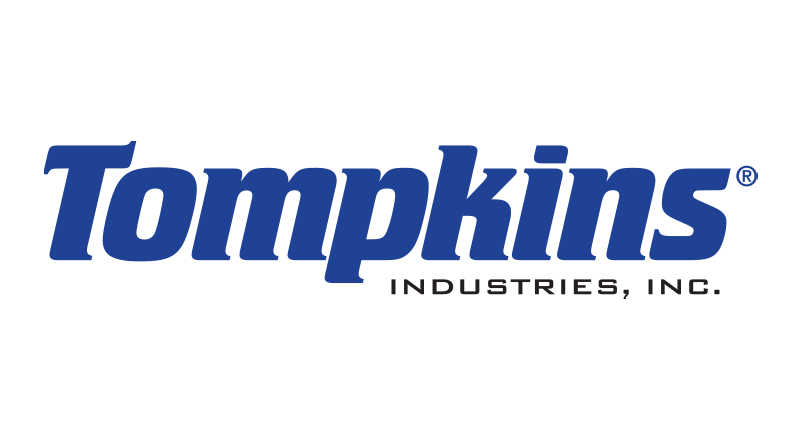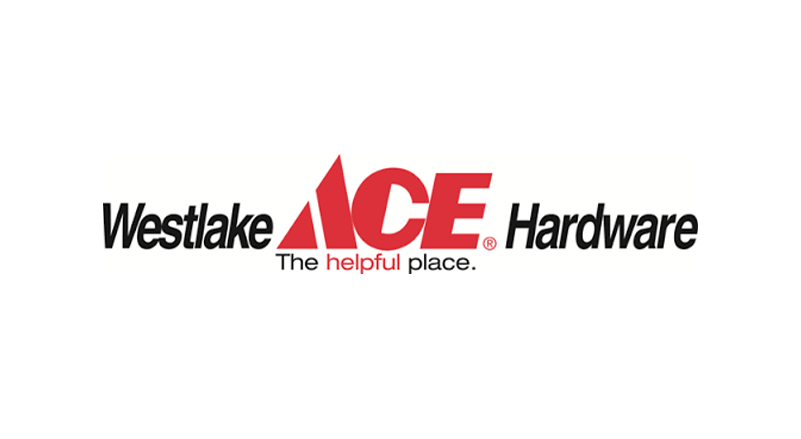Energy Efficiency is More than Light, Heat and AC
When you think of energy efficiency, you might think of the three big pillars: lighting, heating, and cooling. But you should also consider plug load. In most office buildings that have improved the performance of lighting, heating, and cooling, plug load can represent 50 percent of total electricity use.
A new report by the New Buildings Institute shows how simple changes can cut costs and save energy with little or no expense. Plug load is the myriad of devices connected to power strips that run the digital economy, with computer, monitors, and printers being the most common.
The Managing Your Office Equipment Plug Load highlights a few simple steps to reduce plug load including aggressive power management settings, educating staff on how to activate lower power modes, staying on top of settings, and activating sleep settings across networks of computers.
The energy saving can be striking, the report states. For example, a typical Energy Star building switched to an “idle” setting that allowed reduced energy use by 64 percent. “Sleep” and “standby” modes were applied during long periods of inactivity or overnight reduced energy use by 88 to 98 percent.
“The focus may be on large data centers, but possible savings in smaller server rooms and closets are often overlooked. According to the EPA, typical servers in the US use only 5-15 percent of their maximum capability on average, while consuming 60-90 percent of their peak power.”
Source: Energy Manager Today





